You play an important role in the growth of your child’s body and mind.
Whether you see your children daily or live in a different home, being actively involved in your child’s life makes a big difference. Being present and involved will help them grow to be a healthier, happier, and more successful child and adult.
The quality of your father-child time is more important than the number of hours you spend with your child. The quality of your relationship directly impacts your child’s sense of self-worth.
more likely to earn mostly A’s in school
as likely to go to college and find a steady job after high school
Don’t compare yourself to your dad or other dads around you. YOU are the one your child looks up to!
Being active with your child helps their bones grow stronger, build muscles, and helps brain development.
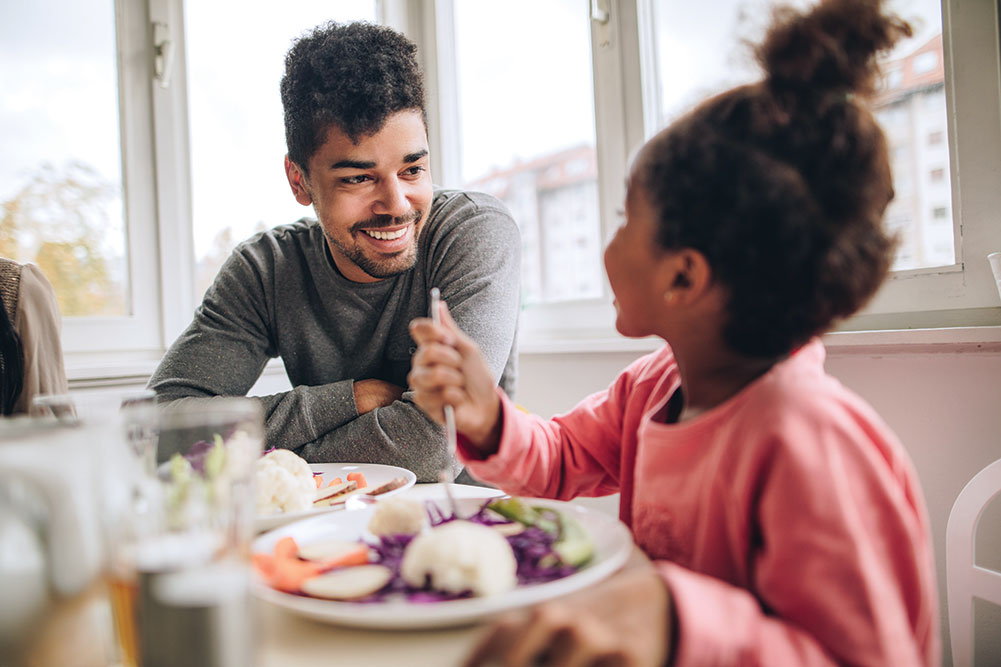

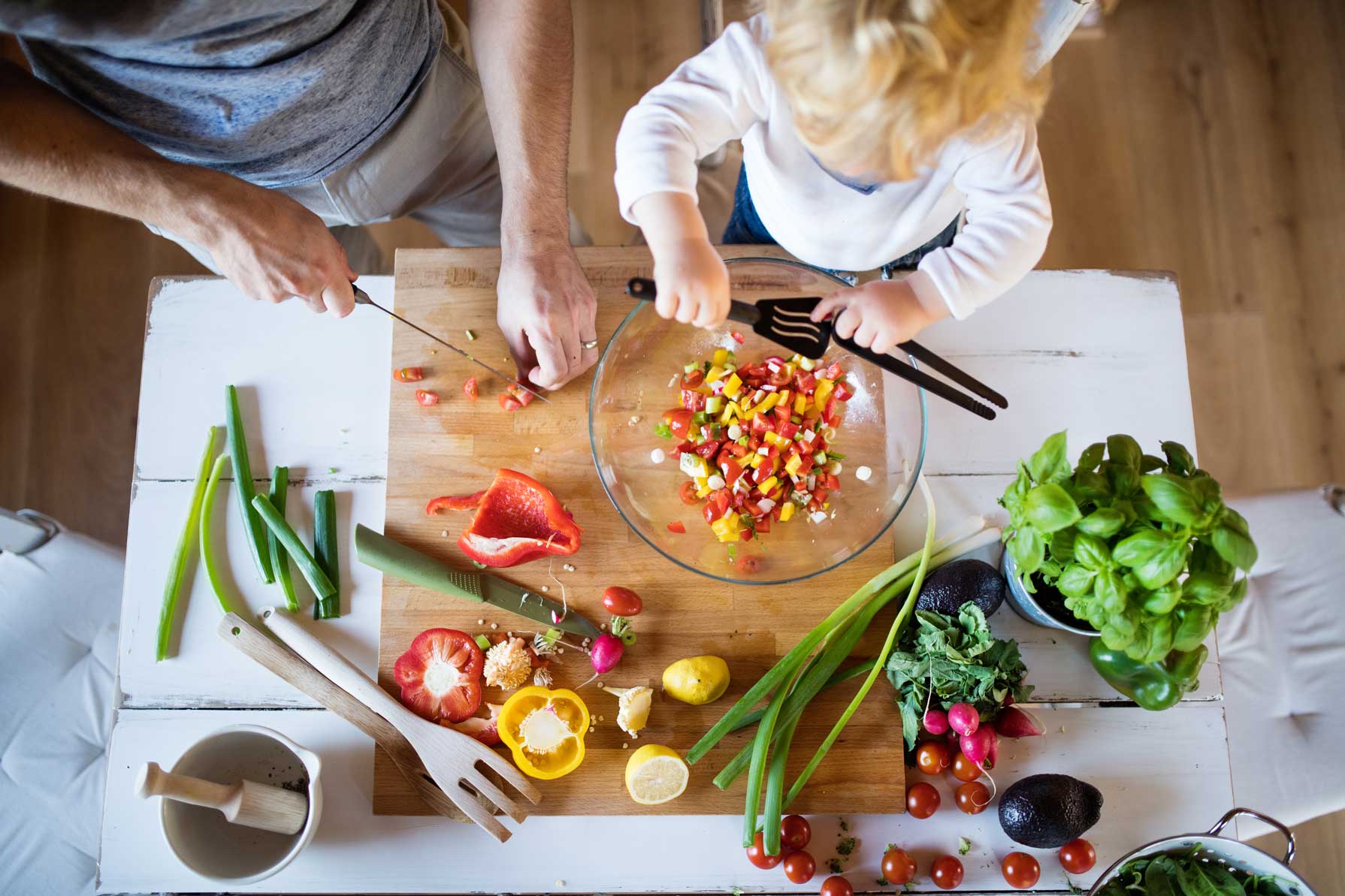
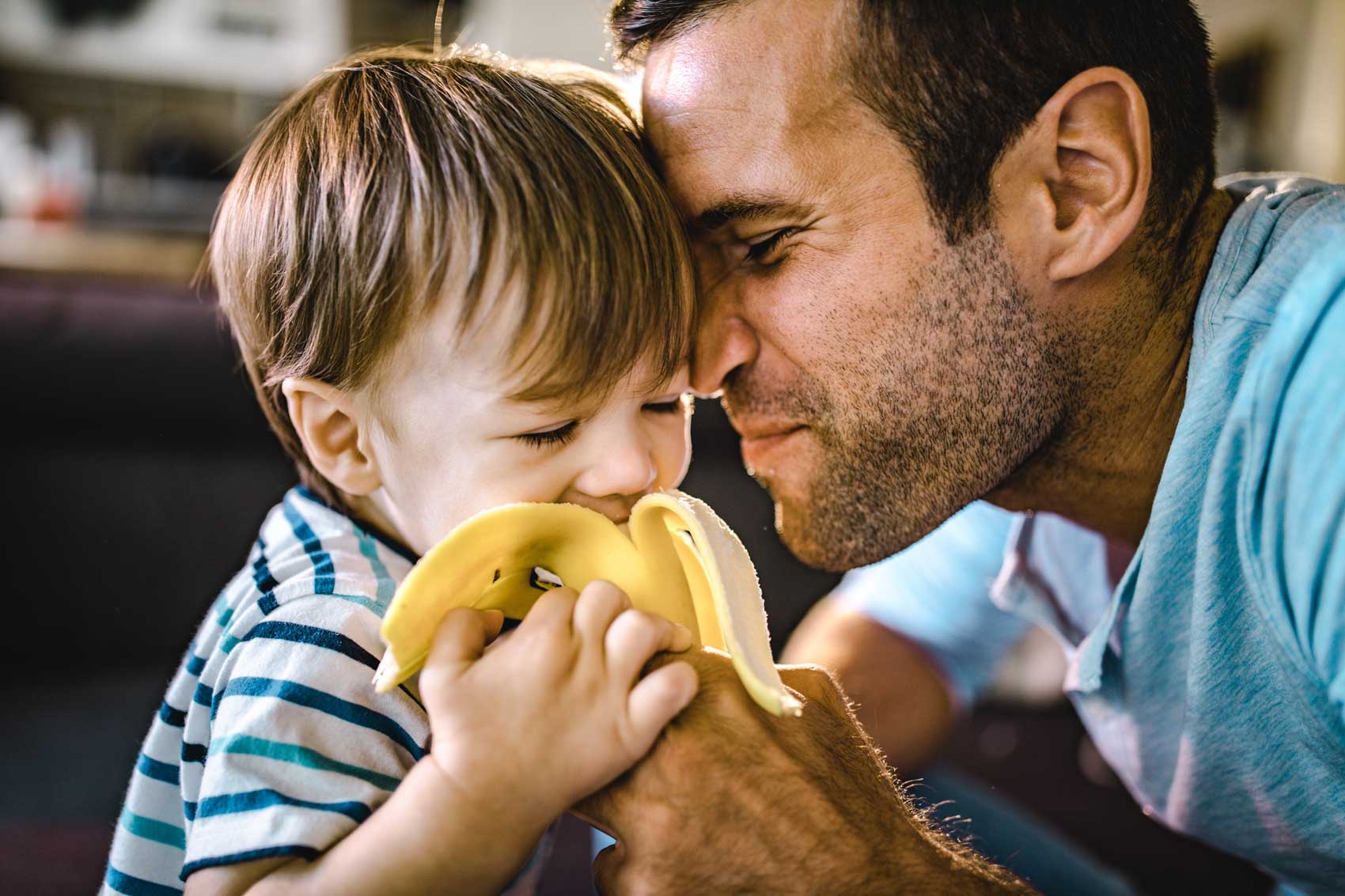
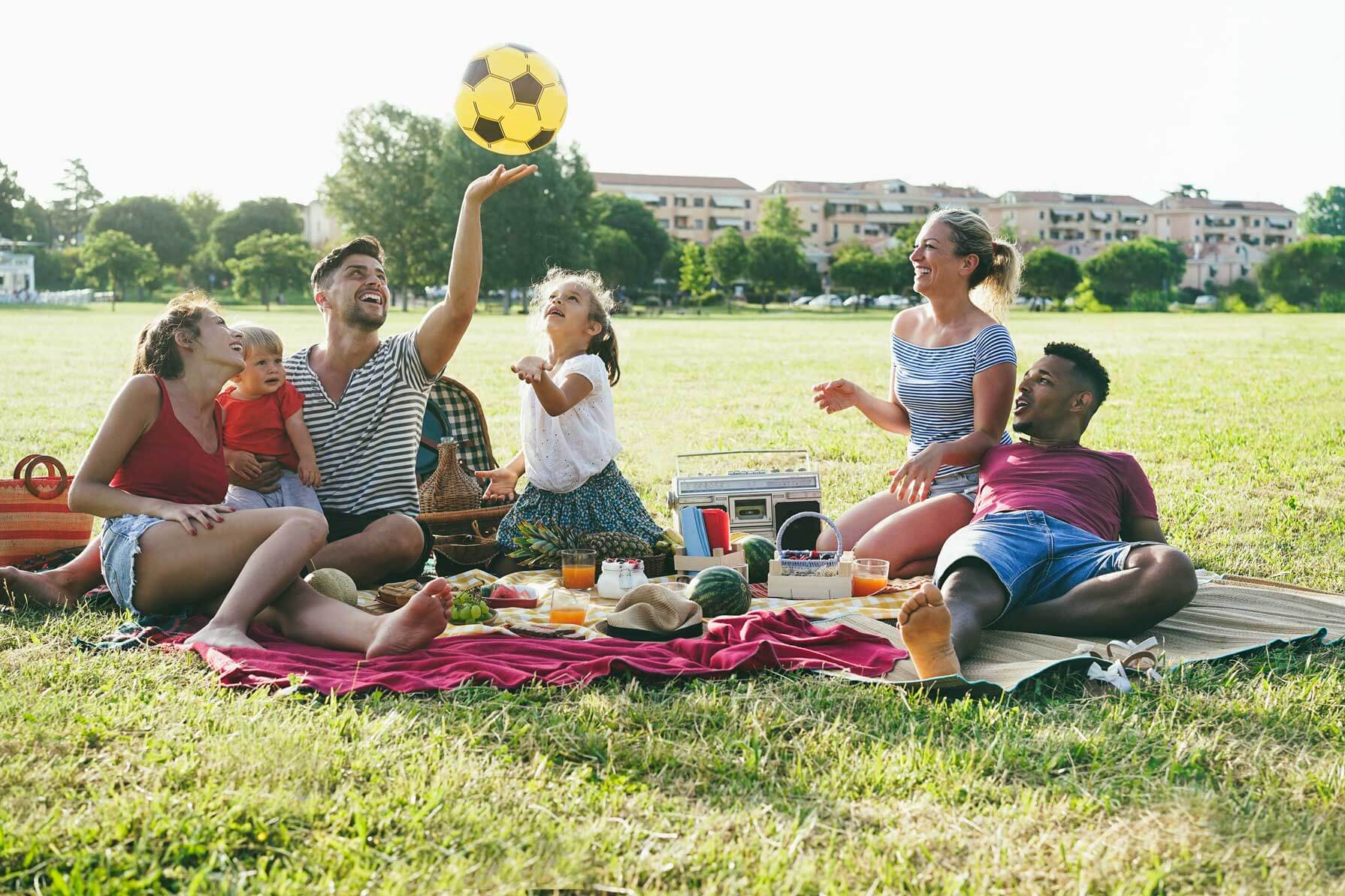
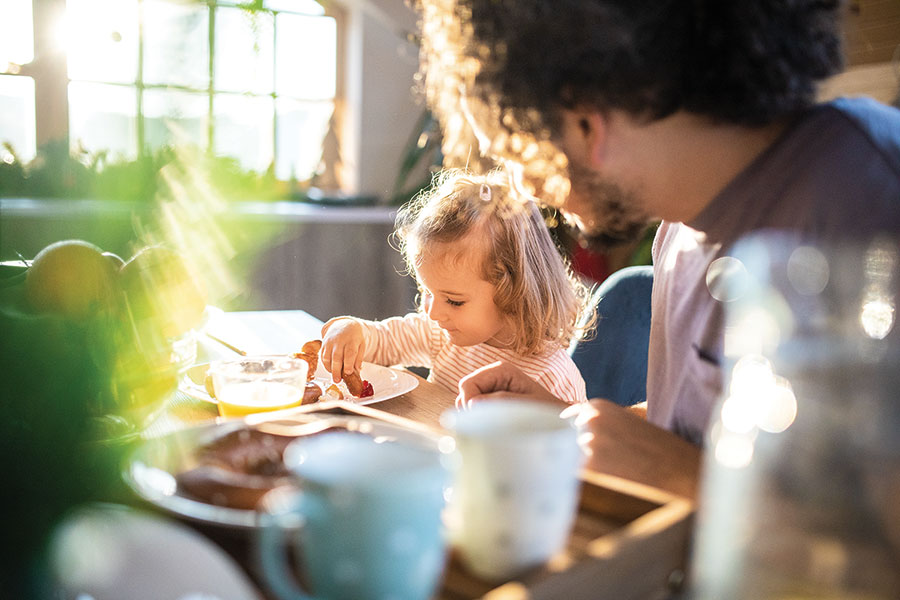
Once a child gets moving, it can seem like they never stop. Your child learns how to do more things every day. This means you may need to work even harder to keep them safe.
The American Academy of Pediatrics recommends that car seats are only used for traveling purposes. It is recommended to remove the infant from their car seat once you arrive at your destination, especially if they are asleep.
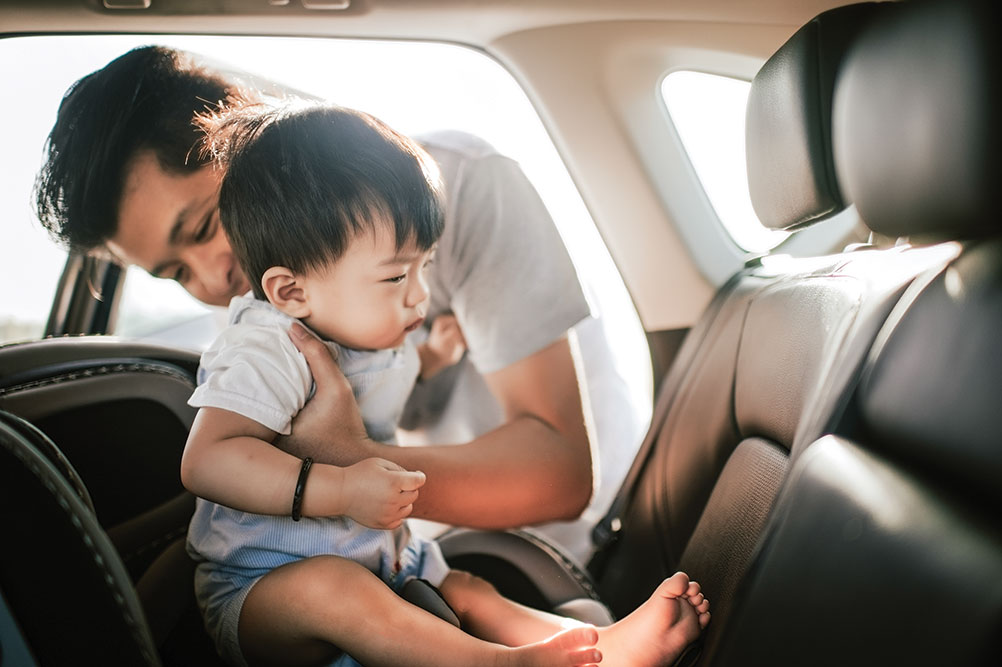
Never seat children in front of an airbag. Airbags can kill young children riding in the front seat. Never place a rear-facing car seat in front of an airbag.
National Fatherhood Initiative
National Responsible Fatherhood Clearinghouse
Check for fatherhood initiative programs at your local Head Start program or school system.
Side-Lying Hold
This hold is useful when:
Cross-Cradle Hold
This hold is useful when:
Clutch or “Football” Hold
This hold is useful when:
Cradle Hold
This hold is useful when:
Laid-Back Hold
This hold is useful when: